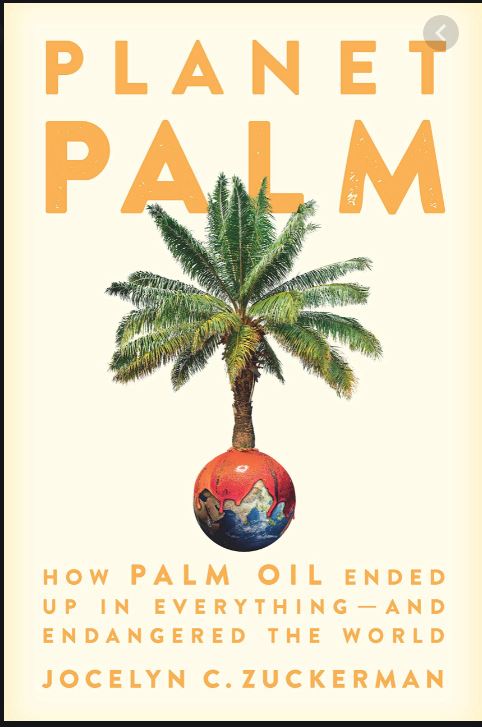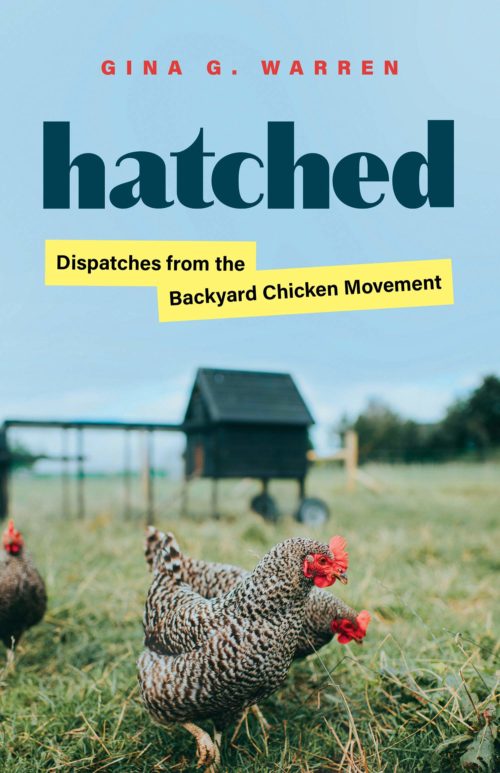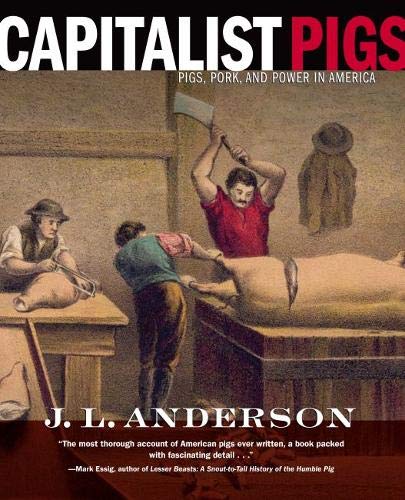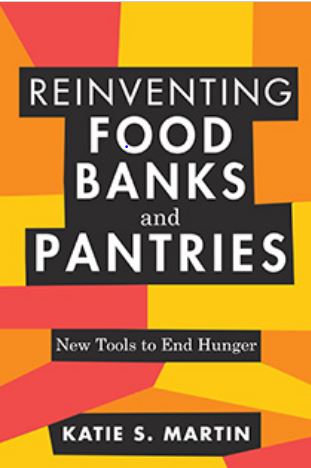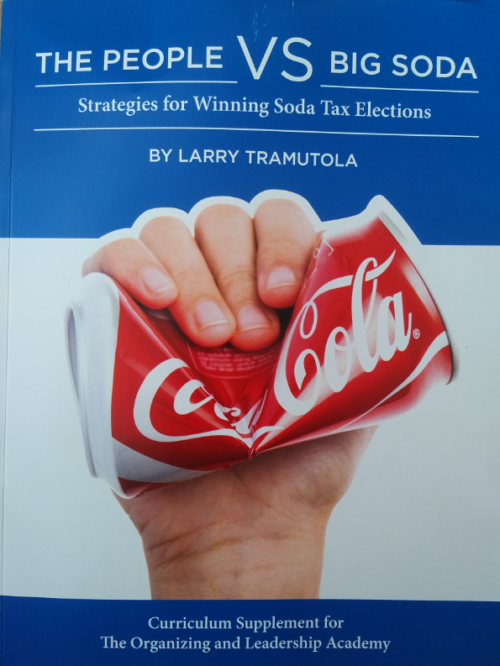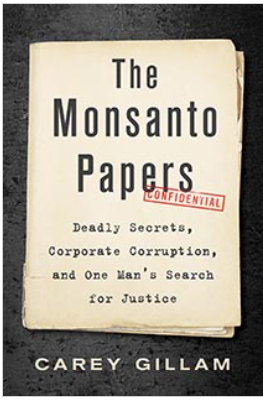I’ve just had a book review published in the American Journal of Public Health: “Public health nutrition deserves more attention.”
It’s for a textbook on public health nutrition but doing it gave me the opportunity to say some things I want public health professionals to know. I started the review like this:
Public Health Nutrition deserves more attention
Food and nutrition deserve much more attention from public health professionals. On the grounds of prevalence alone, diet-related conditions affect enormous numbers of people. Everybody eats. Everybody is at risk of eating too little for health or survival, or too much to the point of weight gain and increased prevalence of non-communicable diseases (NCDs). By the latest count, nearly 700 million people in the world do not get enough to eat on a daily basis, a number that has increased by tens of millions over the past five years and will surely increase by many millions more as a result of the Coronavirus pandemic.[i] At the same time, about two billion adults are overweight or obese, and few countries are prepared to deal with the resulting onslaught of type 2 diabetes and heart disease.[ii] Beyond that, food production, distribution, consumption, and disposal—collectively food systems—are responsible for a quarter or more of greenhouse gas emissions; climate change affects the health of everyone on the planet.[iii]
The same social, behavioral, economic, and structural determinants that affect health also affect nutritional health, and it is no accident that food choices are flash points for arguments about culture, identity, social class, inequity, and power, as well as about the role of government, private enterprise, and civil society in food systems. From a public health standpoint, everyone–regardless of income, class, race, gender, or age—should have the power to choose diets that meet nutritional needs, promote health and longevity, protect the environment, and are affordable, culturally appropriate, and delicious.
Nutrition in 2021
For people in high-income countries, dietary prescriptions for health and sustainability advise eating less meat but more foods from plant sources.[iv] Optimal diets should minimize consumption of ultra-processed foods, those that are industrially produced, bear little resemblance to the basic foods from which they were derived, cannot be prepared in home kitchens, and are now compellingly associated with NCD risk and mortality.[v] We now know that ultra-processed foods encourage people to unwittingly take in more calories and gain weight.[vi]
Agenda for 2021
Today, a book for researchers and practitioners of public health nutrition needs to emphasize coordinated—triple-duty—recommendations and interventions to deal with hunger and food insecurity, obesity and its consequences, and the effects of food production and dietary choices on the environment. Such approaches, as described by a Lancet Commission early in 2019,4 should encourage populations of high-income countries to eat less meat but more vegetables, those in lower- and middle-income countries (LMICs) to consume a greater variety of foods, and everyone, everywhere to reduce intake of ultra-processed foods. As that Commission argued, public health nutritionists must recognize that attempts to improve diets, nutritional status, nutritional inequities, and food systems face daunting barriers from governments captured by corporations, civil society too weak to demand more democratic institutions, and food companies granted far too much power to prioritize profits at the expense of public health. Nutritionists need knowledge and the tools to resist food company marketing and lobbying, to advocate for regulatory controls of those practices, and to promote civil society actions to demand healthier and more sustainable food systems.[vii]
I then go on to talk about the book itself, which alas, did not have much to say about this agenda.
References to the first part of this review
[i] The World Bank. Brief: Food Security and COVID-19. December 14, 2020. https://www.worldbank.org/en/topic/agriculture/brief/food-security-and-covid-19#:~:text=In%20November%202020%2C%20the%20U.N.,insecure%20people%20in%20the%20world. Accessed January 2, 2021.
[ii] WHO. Obesity and overweight: Key facts. Geneva: WHO. April 1, 2020. https://www.who.int/news-room/fact-sheets/detail/obesity-and-overweight. Accessed January 2, 2021.
[iii] International Panel of Experts on Sustainable Food Systems. COVID-19 and the crisis in food systems: symptoms, causes, and potential solutions. IPES-Food, April 2020. www.ipesfood.org/pages/covid19. Accessed January 2, 2021.
[iv] Swinburn BA, Kraak V, Allender S, et al. The global syndemic of obesity, undernutrition, and climate change: The Lancet Commission report. Lancet. 2019;393:791–846.
[v] Monteiro CA, Cannon G, Levy RB, et al. Ultra-processed foods: what they are and how to identify them. Public Health Nutr. 2019;22(5):936–941.
[vi] Hall KD, Ayuketah A, Brychta R, et al. Ultra-processed diets cause excess calorie intake and weight gain: an inpatient randomized controlled trial of ad libitum food intake. Cell Metab. 2019;30, 67–77.
[vii] Jayaraman S, De Master K, eds. Bite Back: People Taking On Corporate Food and Winning. Oakland, CA: University of California Press; 2020.
